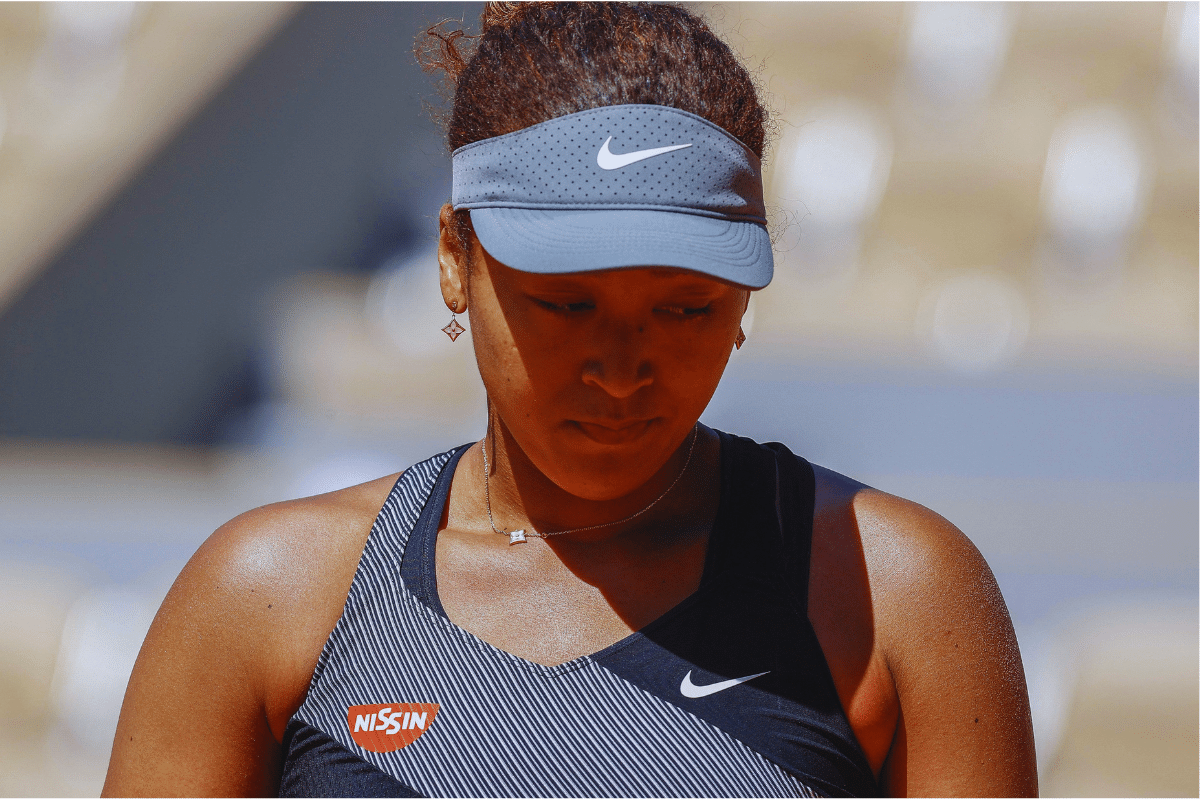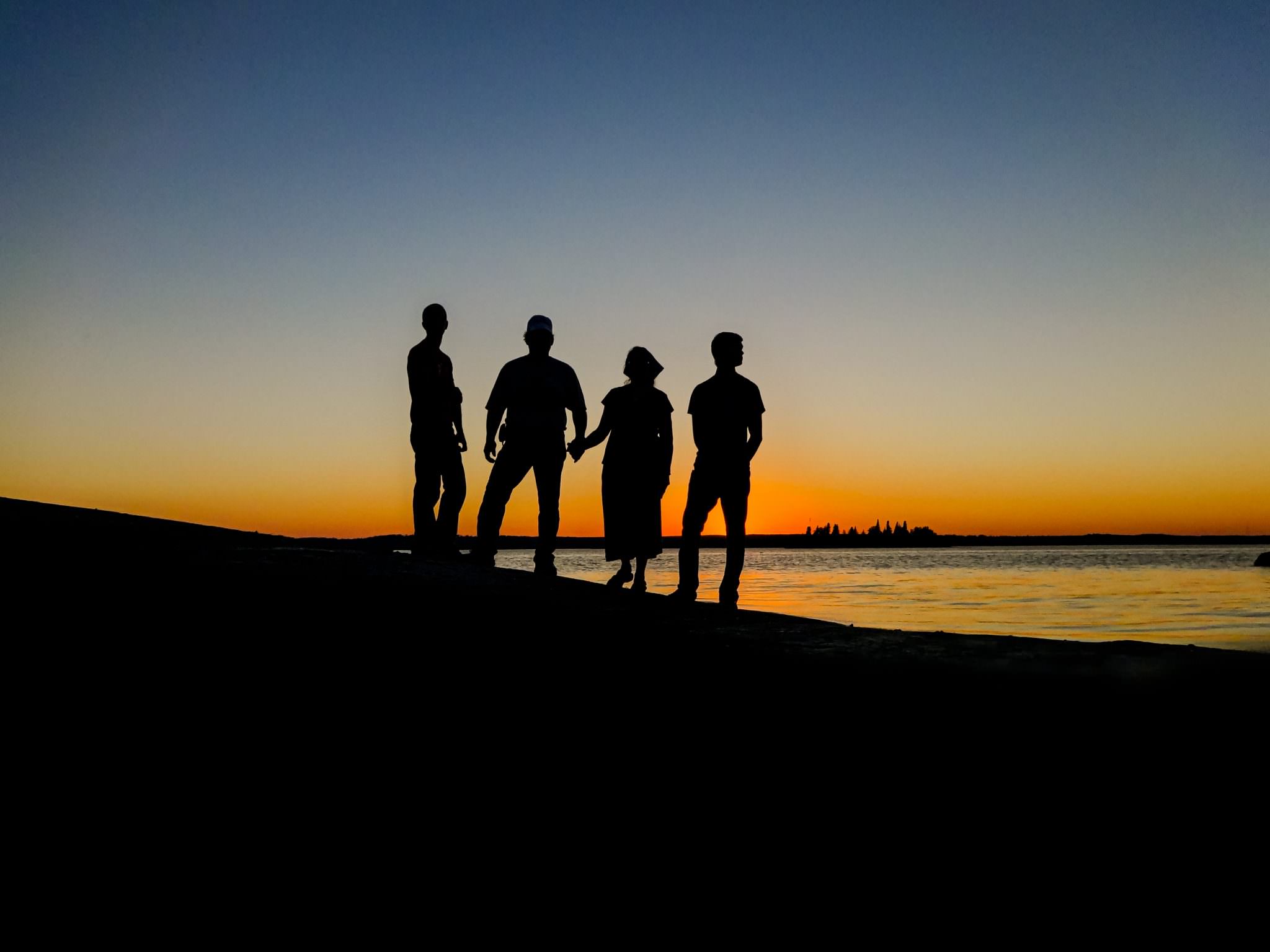Education
Confusing Cure and Disease
But we must also strive to raise realistic, resilient children who are better prepared for life’s quotidian challenges.

In 2005, I published a book attacking the dogma then bleeding over from pop psychology into American society-at-large. My primary target was the self-esteem movement, which had been entrenched in schools since the late ’70s. By the time of my book’s publication, it was receiving ambient reinforcement everywhere else—notably from “helicopter parents” determined to shield their kids from every ignominy while micromanaging their every success. I have been reminded of these themes amid the cultural colloquy over tennis star Naomi Osaka. Her abrupt withdrawal from the French Open has prompted calls for yet another of our periodic national dialogues, this time on our failures in the area of mental health.
Two main points have emerged. The first is that America faces an unprecedented mental health crisis. The second is that we need to work on creating an emotionally responsive world in which we are attuned to early signs of struggle so we can minister to children and young adults whenever they feel at risk. Point one is uncontroversial. America’s mental health does indeed appear to be steadily worsening, a trend that was alarming even before the COVID-19 pandemic. In 2017–2018, 19 percent of adults experienced some form of mental illness. Adolescents aged between 12 and 17 experienced the highest rate of major depressive episodes, at 14.4 percent, followed by young adults in Osaka’s range, 18 to 25 years old, at 13.8 percent. Sixty percent of these young sufferers received no formal treatment.
COVID has certainly not helped matters. Between January and September of last year, 315,220 people sought screening for anxiety—a 93 percent increase over 2019’s total. The 534,784 Americans who underwent depression screening represented a 62 percent increase over 2019’s total. In both groups, eight in 10 were diagnosed with moderate to severe symptoms. And between 2007 and 2018, the suicide rate among those aged 10 to 24 increased nearly 60 percent, according to the CDC. Today, more Americans report chronic thoughts of self-harm than have ever been documented by Mental Health America’s screening program since its inception in 2014. In September 2020, as many as 37 percent of people undergoing the screening reported entertaining such thoughts as often as daily.
Hence, point two, and the longing for an antiseptic world free of anxiety and stress. In an interview with NPR, American sports journalist Julie DiCaro indicted the media for causing Osaka’s distress and advised journalists to “do some real soul-searching.” Lynn Bufka, senior director at the American Psychological Association, also criticized the press for “always asking them questions even if they’re struggling … we may have to do things differently.” A CBC article introduced its interview with sports psychologist Daria Abramowicz by declaring, “All tennis stakeholders should work on creating a safe environment for players whose mental health is at risk.”
Commentators have since widened the lens, filling the airwaves with musings about a theoretical society stripped of unease and pressure, even though such an environment is neither possible, nor even especially desirable; after all, it is pressure, whether internal or external, that motivates progress, and conquering that pressure is part of what makes achievement admirable and rewarding. I feel sure that it helped mold Osaka into the champion she is today. A society without pressure is a society in stasis. More to the point, the rhapsodizing over a non-toxic social environment harks back to what helped get us into this mess in the first place: the attempt to create a culture that never discomfits, rather than creating children who are able to weather the discomfort that is an inevitable part of life.

As per the law of unintended consequences, bright ideas that fail dismally at their intended mission often “succeed” at fomenting other effects that are rather less desirable. Such was the case with the self-esteem movement (later broadly packaged and sold to America-at-large as “Empowerment” by self-appointed celebrity gurus like Tony Robbins and Oprah). The movement took root in American schools premised on the notion that students who struggled in school did so because they felt bad about themselves and lacked confidence in their academic abilities. The hope was that making students feel better about themselves would equip them with the confidence that normally accompanies superior achievement, and they would live up to their glossy new self-images.
But re-imagining every aspect of the classroom experience around the imperative of building self-esteem did not yield stellar achievement. What it mostly seemed to do was make students feel good about under-achievement. Granted, it can be difficult—if not irresponsible—to oversimplify the unpacking of complex social phenomena into their myriad moving parts and variables. Nevertheless, this much is clear—a movement that was supposed to guarantee accelerated learning ushered in one of the most provably disastrous periods in American performance by every metric: SAT and other standardized test scores, the nation’s performance in international competitions, etc. (For more specific reading on the manifold failures of self-esteem-based education, see here and here.) In time, the movement would be repudiated by some of its most enthusiastic early supporters.
Filling kids with boatloads of self-love did, however, do something else quite well. Psychologist and author Jean Twenge has chronicled a twofold growth in markers for narcissism in recent generations. She argues that scholastic influences and parental reinforcement produced hordes of young adults whose frustrated sense of entitlement left them feeling miserable and anxious. Psychologist Roy Baumeister has documented the rage common among narcissists whose quest for fulfillment ends in disillusion. This anger may be directed inward or outward or both. Put simply, children who have been insulated from consequences expect to continue to be isolated from consequences as they grow up. Having been brought up to believe that attitude alone rules the day, they may shut down or strike out when they discover that it doesn’t—an alarming response we can see in the rise of an increasingly volatile incel community.
As psychotherapist and Northeastern University lecturer Amy Morin observed of helicopter parents in Psychology Today, “Parents view themselves as protectors, rather than guides. Somewhere along the line, many parents began believing their role is to help kids grow up with as few emotional and physical scars as possible. They became so overprotective that their kids never practiced dealing with challenges on their own.” In a sense, such children never quite reached adulthood. I know nothing of Naomi Osaka’s upbringing, and it’s moot now, anyway. She is who she is today. Trauma is trauma, and it is real, regardless of its origins. We should be understanding of those who face clinical or chemical depression.
But we must also strive to raise realistic, resilient children who are better prepared for life’s quotidian challenges. In an objective, macro sense, there is a difference between trauma provoked by flashbacks of one’s friends being blown apart by IEDs in Afghanistan and trauma provoked by reporters’ impertinent questions at an elite tennis tournament. I am struck by the fact that, in Osaka’s statement announcing her refusal to sit for interviews at Roland Garros, she specifically referenced her disinclination to deal with questions that “bring doubt into our minds, and I’m just not going to subject myself to people that doubt me.” Could there be a more unambiguous articulation of precisely the sort of challenge to the self that America’s emphasis on self-esteem-based parenting and instruction has left young adults ill-equipped to handle?
We cannot go back and re-raise the millions of young men and women who were subjected to over-parenting and ubiquitous coddling. We must take them as they are. We can, however, resolve to subject no more young people to a cultural mindset that creates future generations of forever-children who repair to a safe space at the smallest provocation.






